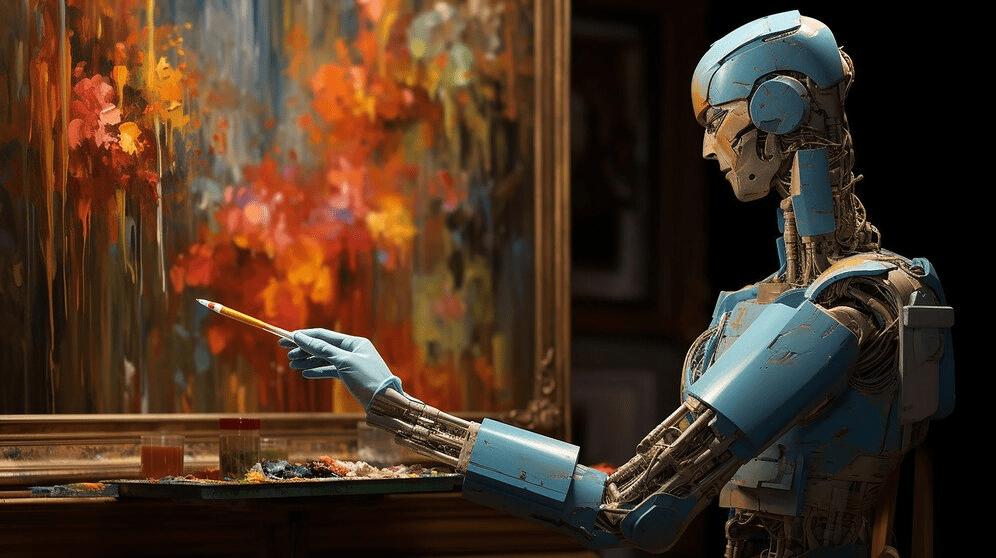Street art has evolved from an underground movement to a mainstream cultural force. What started as a rebellious act of self-expression now holds a respected place in art, culture, and public spaces worldwide. In 2024, street art is not only an artistic trend but a voice for social issues, technology, and environmental awareness. From walls in urban neighborhoods to viral digital art across social media, street art is a powerful, rapidly growing movement. Here’s a look at the trends, emerging artists, and technological influences shaping street art in 2024.
Trends Shaping Street Art in 2024
The future of street art in 2024 is multifaceted, embracing both traditional artistry and cutting-edge technology. Several emerging trends are redefining what street art means in this era.
- Technologically Enhanced Street Art
Augmented Reality (AR) and Virtual Reality (VR) have brought a digital twist to street art. Artists today are integrating QR codes and digital overlays to turn static murals into interactive experiences. For example, an AR-enabled mural might come to life through a smartphone app, revealing hidden animations, backstories, or even soundscapes.
Digital murals and interactive installations are another trend, where street art meets technology to create a truly immersive experience. Artists like INSA and Can Büyükberber are pioneering this field, using VR and AR to push the boundaries of what street art can be.
- Social Media and the Global Reach of Street Art
Street art’s popularity has grown hand-in-hand with social media platforms like Instagram and TikTok, where artists share their work globally. Social media has not only amplified street art’s visibility but also empowered artists to connect with fans, brands, and galleries worldwide.
Platforms like Instagram and Pinterest are shaping a new generation of artists who blend traditional graffiti techniques with modern styles. Additionally, artists from marginalized communities are using social media to voice important social issues and gain exposure.
- Sustainability in Street Art
As concerns about the environment grow, so does the call for sustainability in the art world. Many artists in 2024 are turning to eco-friendly paints, plant-based dyes, and recycled materials. Biodegradable paints, for example, reduce chemical runoff and pollution, making street art more eco-friendly and accessible to urban landscapes.
Sustainable practices also extend to themes within the art itself, with artists frequently using their work to advocate for environmental causes. This evolution aligns street art with other movements calling for eco-consciousness, amplifying its influence as a voice for change.
- Political and Social Commentary Through Art
Street art has long been a platform for expressing political beliefs and addressing social issues. In 2024, the demand for artwork that speaks to current events remains high. From climate change and mental health awareness to political unrest and economic inequality, street artists are using their platforms to spark conversations that matter.
Street art gives a voice to the voiceless, and many of today’s most impactful pieces come from marginalized communities. Artists like Shamsia Hassani, who uses her work to portray women’s rights in Afghanistan, exemplify how street art serves as a voice for those underrepresented in mainstream media.
Technology’s Influence on Street Art
- Augmented Reality (AR) and Virtual Reality (VR) Street Art
AR and VR technologies are allowing street artists to blend physical and digital worlds. Murals and sculptures are now just the beginning. By scanning a QR code or using AR apps, viewers can unlock digital layers to artwork, bringing animations and 3D models into real-life murals. This fusion of physical and digital art blurs boundaries, allowing viewers to immerse themselves in the story behind the artwork.
- NFTs and Digital Ownership in Street Art
The rise of NFTs (non-fungible tokens) has introduced new revenue streams for street artists, enabling them to sell unique digital assets tied to their work. An artist’s mural can now live on as a digital asset, allowing collectors to own a piece of their creation. Artists such as Beeple and Mad Dog Jones have used NFTs to gain mainstream recognition, and street artists are following suit, exploring the possibilities of digital ownership while keeping their roots in public art.
Creating a high-quality, SEO-rich blog post about “The Future of Street Art in 2024” involves diving into trends, emerging artists, technology’s influence, sustainability, and the movement’s cultural relevance. Here’s an outline, followed by a detailed draft.
Sustainability in Street Art
With environmental concerns at the forefront, street artists are turning to sustainable materials and methods to reduce their ecological footprint. Biodegradable paints, solar-powered LED installations, and upcycled materials are becoming commonplace in urban art spaces. Some artists are even using living materials, like moss or plants, to create murals that evolve over time.
Cultural and Social Relevance of Street Art in 2024
Street art continues to be a significant form of cultural expression and activism. In 2024, many artists are focusing on issues like climate change, social justice, and mental health. Murals addressing these issues are not only powerful but also serve as a call to action for viewers, raising awareness and sparking public discourse.
Street art provides an accessible platform for activism, offering a voice to those who may not otherwise be heard. As a result, murals and installations often become symbols of resilience and hope, capturing the struggles and dreams of diverse communities.
The Future of Street Art: What Lies Ahead?
The future of street art lies in expanding beyond urban areas. We may see art installations in rural and remote regions, supported by organizations that value the art form’s community-building potential. Virtual worlds are another area of expansion, as artists experiment with VR spaces where digital murals and interactive installations can live indefinitely.
Artificial Intelligence (AI) is also a key player in the future of street art, with generative AI being used to inspire designs, automate installations, or even create immersive experiences that respond to real-time data. The integration of AI can take street art into previously unimaginable realms, allowing artists to explore new boundaries in creativity and interactivity.
Conclusion
Street art in 2024 is a vibrant, multifaceted movement that blends traditional craftsmanship with cutting-edge technology. Emerging artists are bringing new voices and visions to public spaces, using murals and digital tools to foster dialogue and provoke thought. As street art continues to evolve, its potential to inspire, inform, and ignite change grows stronger.
From augmented reality murals to sustainability-focused projects, the future of street art looks bright, inclusive, and dynamic. So, next time you pass a mural, take a moment to appreciate not just the artistry but the message it conveys—because street art is more than just paint on a wall; it’s a reflection of our collective hopes, struggles, and visions for a better world.


